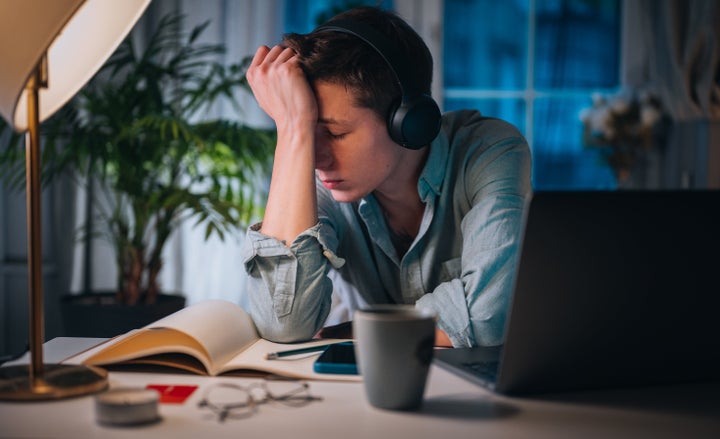
If you find yourself experiencing the symptoms of stress but explaining them away by saying “I don’t have much to be stressed about”, you may be discounting the smaller stresses that can compound over time.
So, maybe you don’t have to move house, but you do have to replace your shower head, but the one you bought doesn’t fit and now you haven’t showered in three days because you’re waiting for the second shower head replacement to arrive.
These aren’t big stressors, not particularly life changing, but as they build up over time, they still have similar impacts to bigger, more impactful stresses.
Everyday Triggers That Go Unnoticed
Karen Dillon and Rob Cross, co-authors of the book The Microstress Effect define ‘microstress’ as the accumulation of triggers that occur throughout our daily routines.
According to the authors, we are so used to these triggers that we don’t really notice them and our brain doesn’t register them as stressful either. Over time, this can cause a toll on our mental and physical wellbeing.
Speaking to Quartz, author Karen Dillon said, “Microstresses literally don’t imprint on your frontal lobe in the same way…, they simply build in our system. We’re left with a feeling of overwhelm that we can’t find a cause for - one that can fast-track us to burnout.”
How To Manage Microstress
According to Dillon and Cross, microstresses can be broken down into three forms and identifying what you’re experiencing can help you cope:
- Capacity-draining microstresses. There are things that stop us from getting things done. Things that we often write off as stumbling blocks such as a last minute email or call at work that result in you having to make more calls and emails
- Emotion-depleting microstresses. These are stresses that impact our energy These can be things like having a squabble with your partner before leaving the house that leaves you feeling guilty or frustrated throughout the day and impact your interactions with others.
- Identity-challenging microstresses. According to the authors, these are the least detectable triggers. These are ones that make us feel like we’re not ourselves and demand that we act in a way that is different to how we naturally would. The example given in the book was a salesperson being asked to be more pushy but in your life, it could be that you’re told to be more assertive when your nature is to be laid back.
To tackle this, Dillon suggests a 2-2-2 method.
This is where you choose two microstresses that often occur for you and talk about them with a colleague or loved one, depending on what they are.
Then, identify two stressors you might be putting on others and ask them directly how you can help them or work on improving the habit. Finally, choose two stressors that you can let go of.
If the same thing irritates you everyday but ultimately doesn’t make a huge difference to your life, can you let it go?